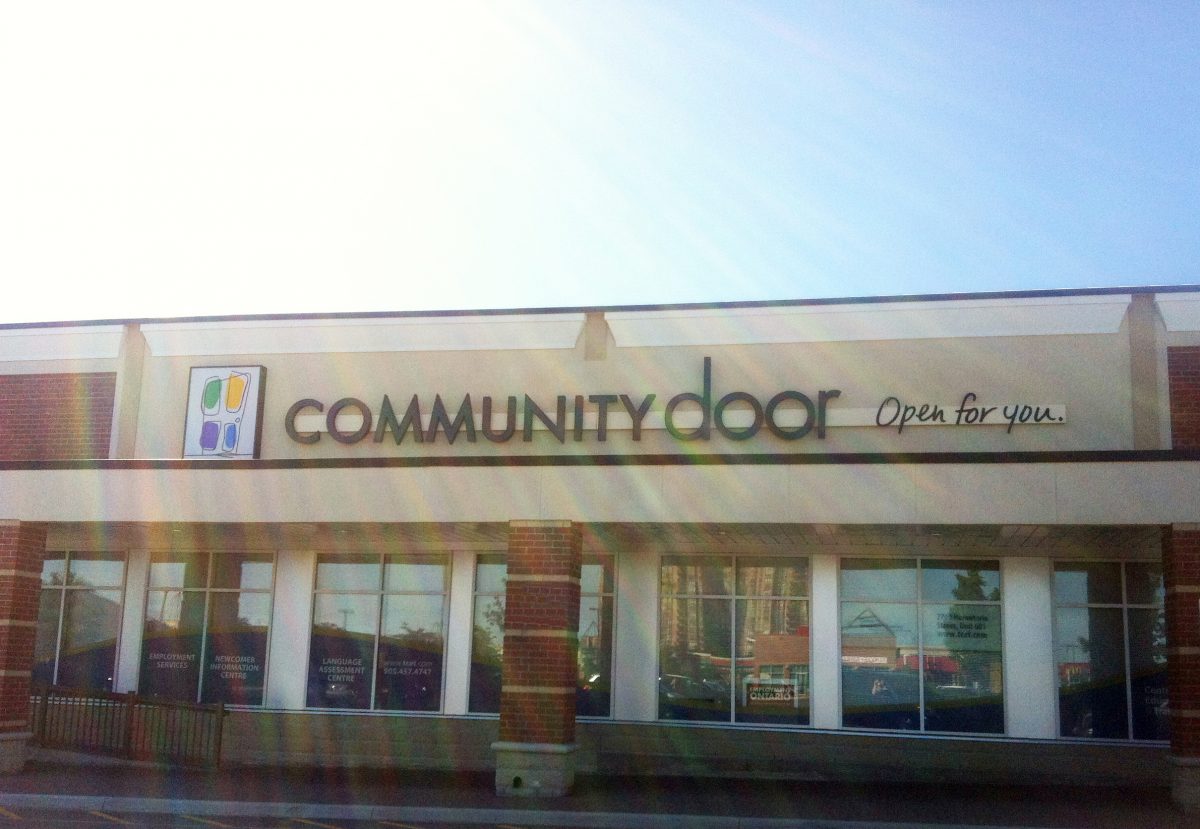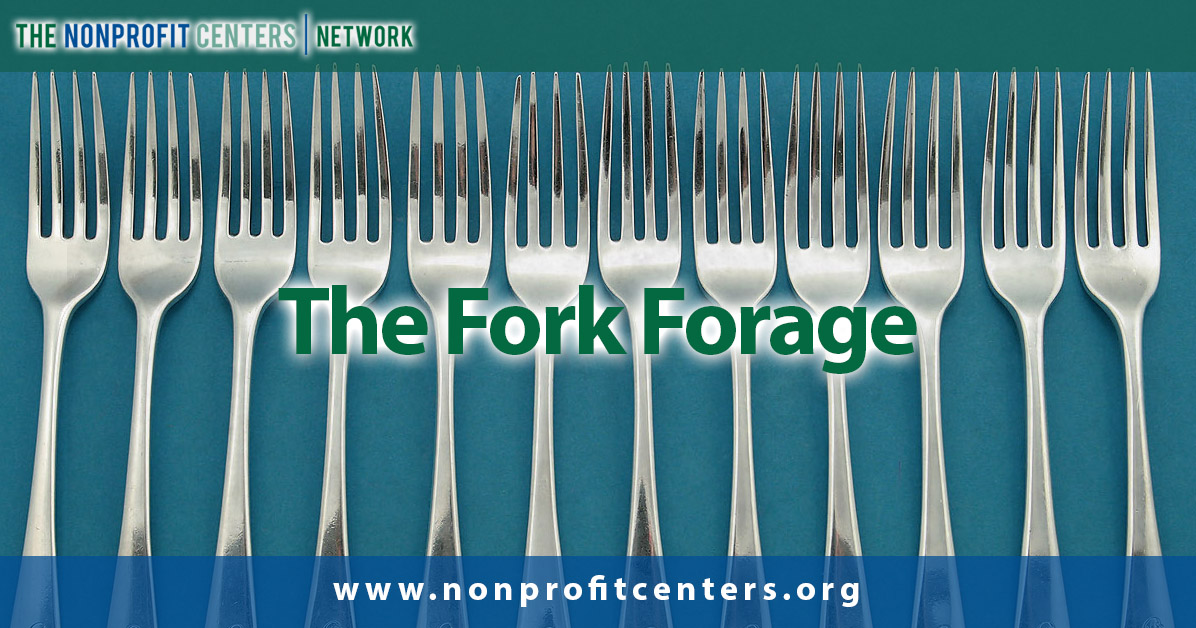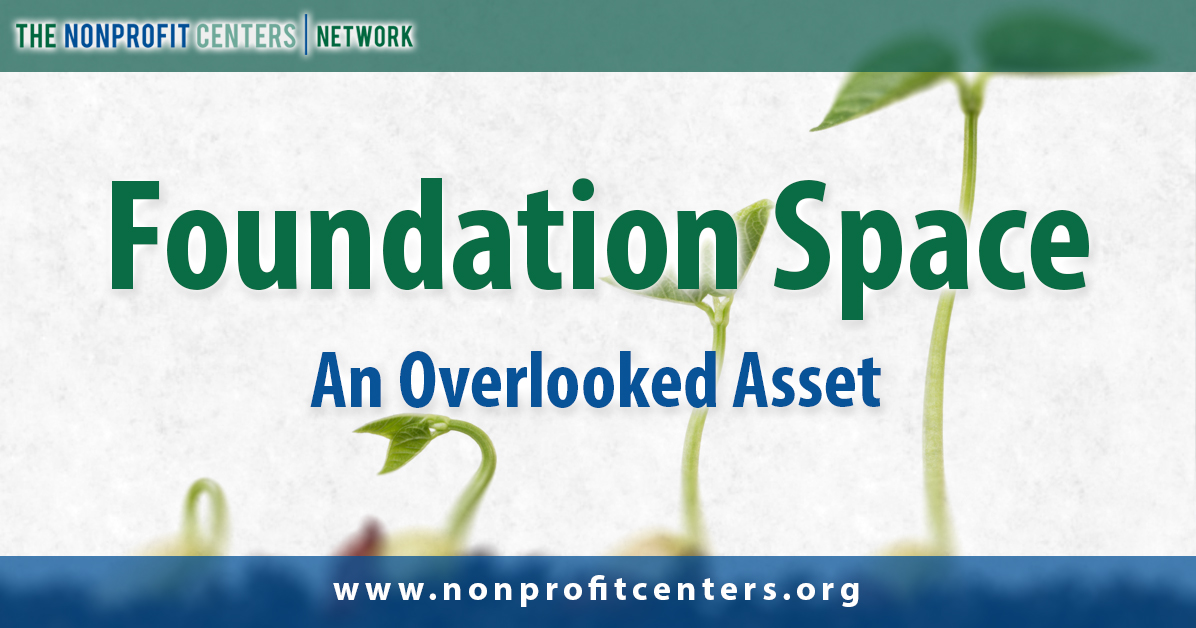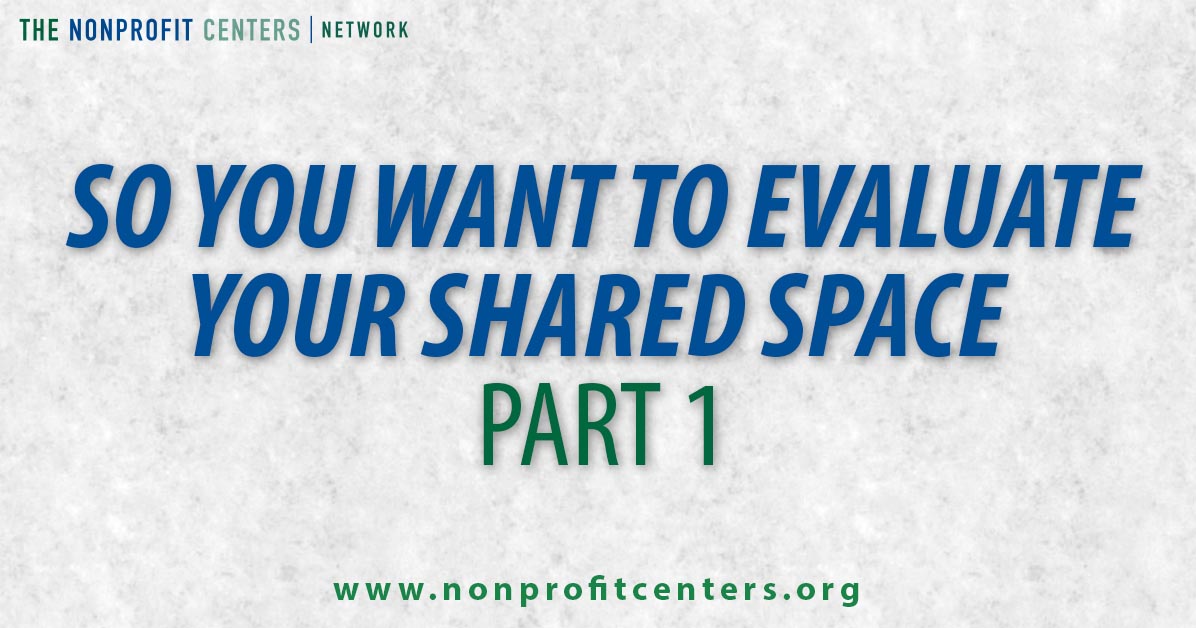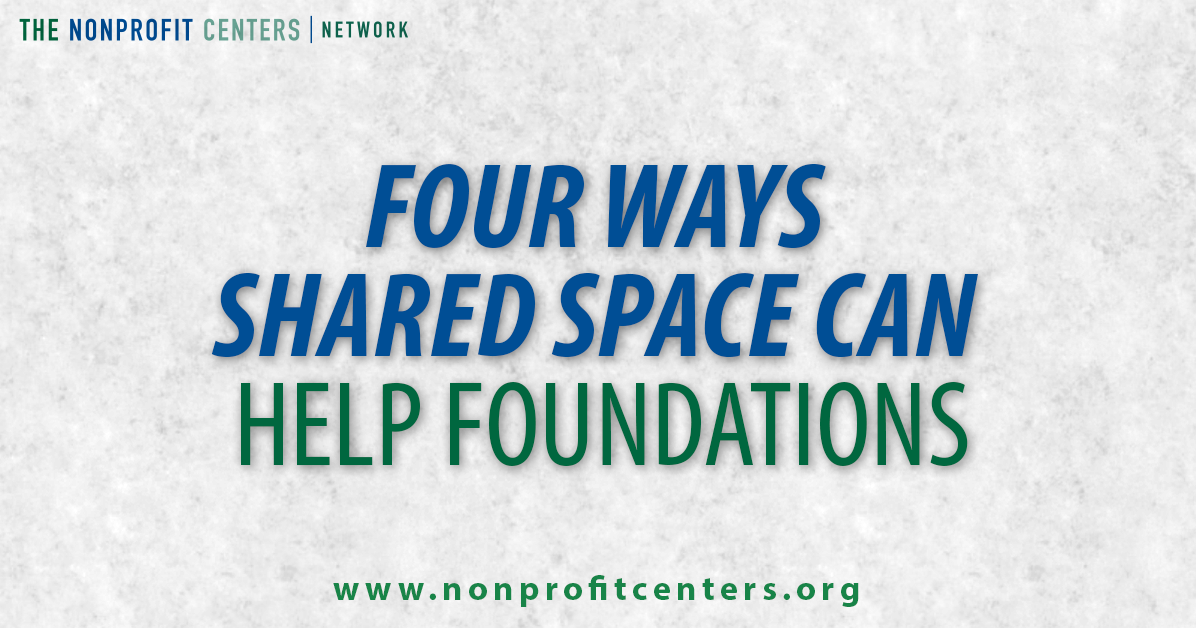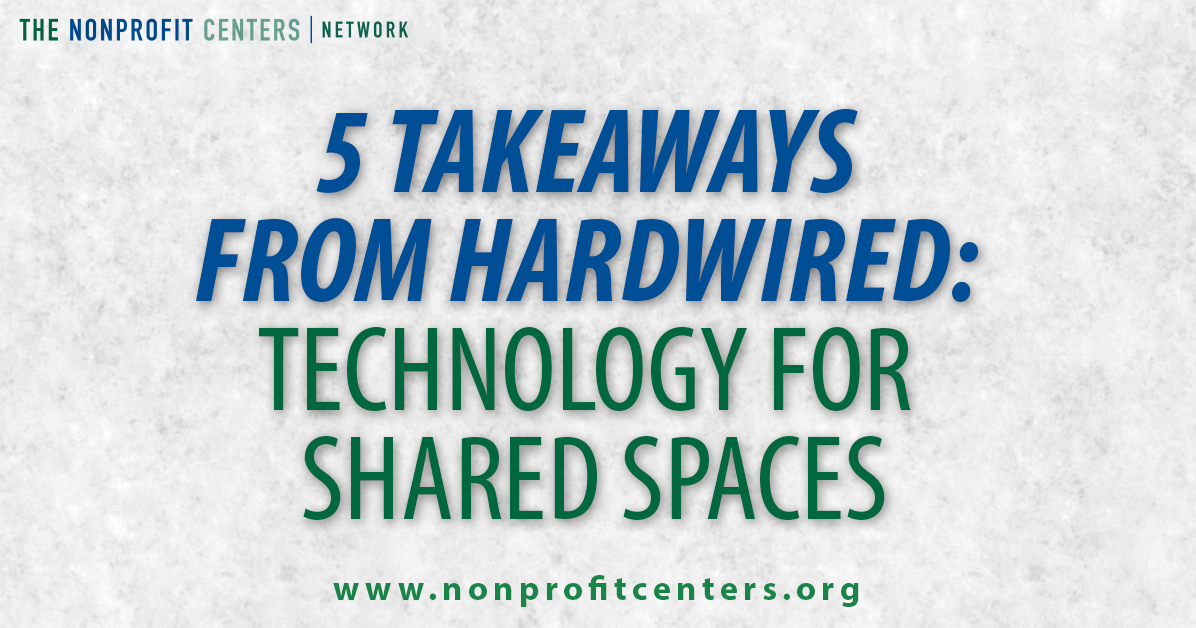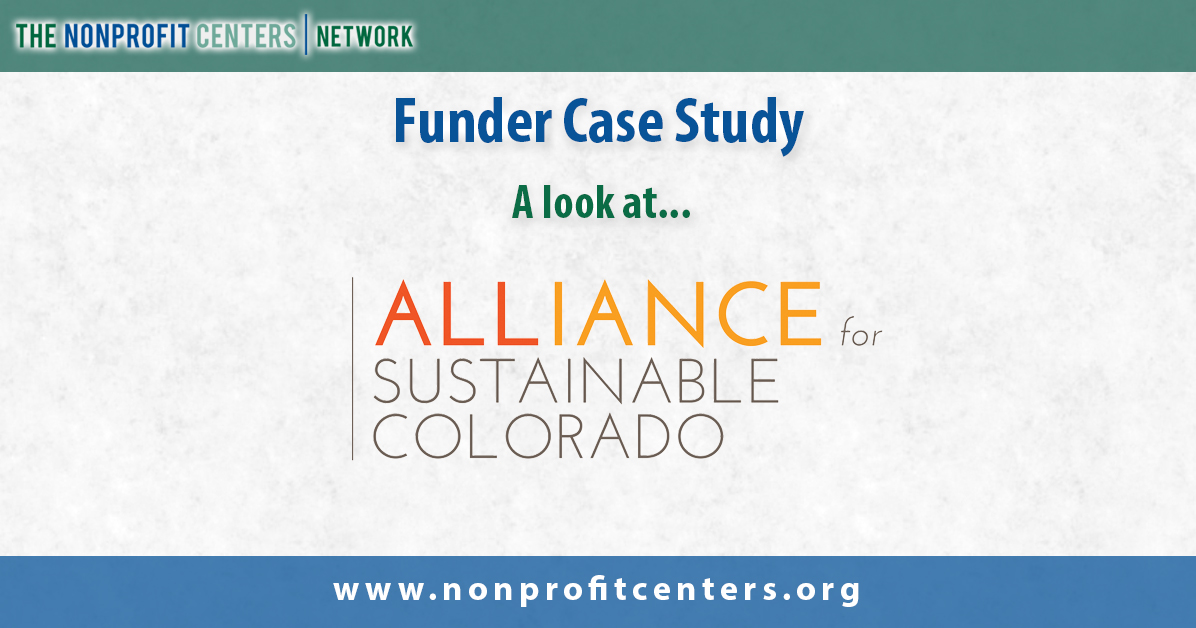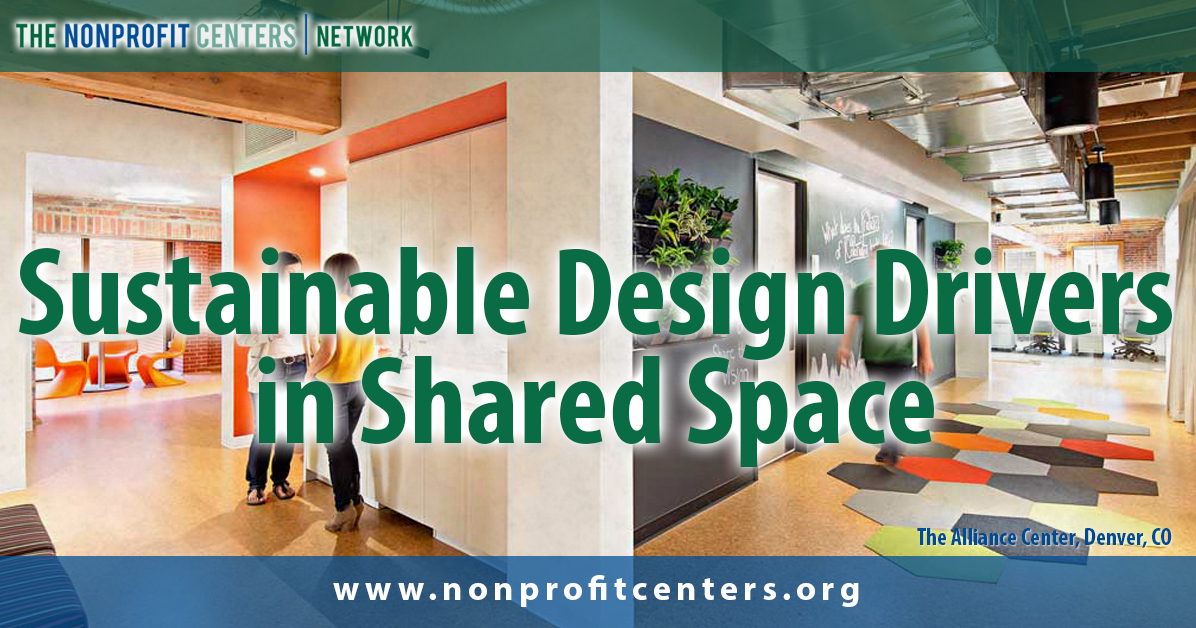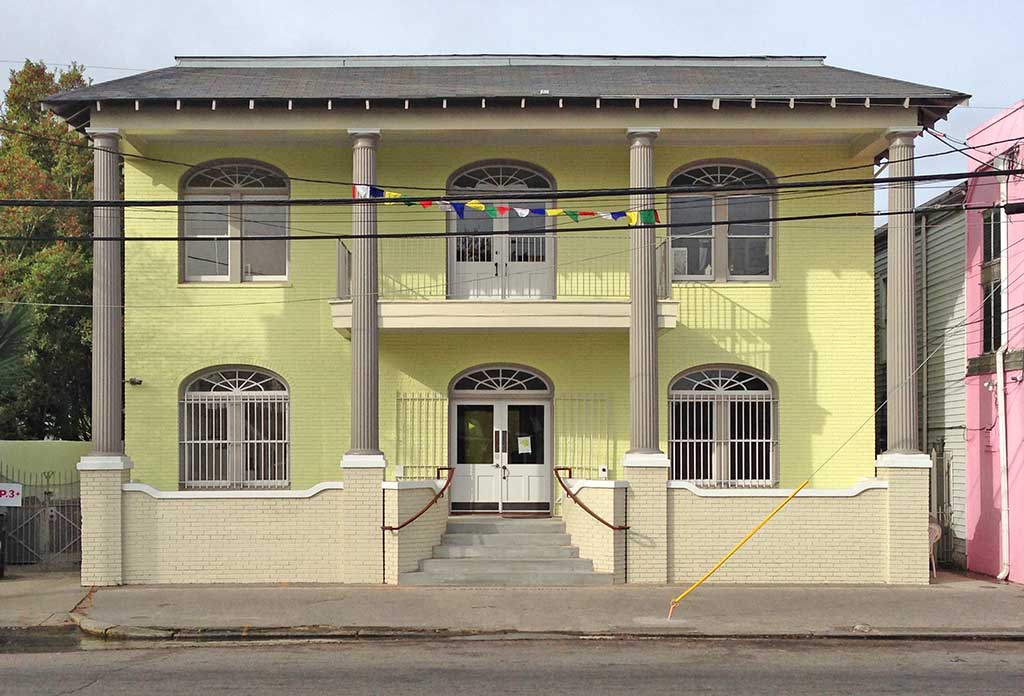Community Door is the result of collective efforts of socially-focused agencies looking to combine resources and work together to better serve the community through a centralized social services location.

There’s a strange phenomenon that occurs at The Alliance Center; A certain antigravity migration of forks.
Thousands of foundations expend dollars each year on offices for their staff. What would occur if each one envisioned its physical facility as a civic space – a place for itself, its grantees and its community? What would such spaces look like? Fortunately, we find the answer to these questions in the stories of the 17 foundations described in this timely and important publication, Planting a Seed: Foundations Build Community with Shared Workspace. To borrow a phrase from John Elkington, a leader in the field of corporate global responsibility, each featured foundation has embraced a ‘triple bottom line’ approach to the design and operation of their facilities. They are creating economic, community and environmental benefits for a broad array of stakeholders. In the economic realm, building projects become investments, create long-term savings, and can create employment opportunities for residents and support local businesses. In the community realm, foundations showcase the work of their grantees, host conference centers and provide quality office space for nonprofit organizations. In the green or sustainability realm, they model energy efficiency and the use of sustainable materials to create healthy places. In addition, these facilities demonstrate how other foundations can use workspace to vividly embody their values and mission. As reported in a recent Foundation Center publication, More Than Grantmaking: A First Look at Foundations’ Direct Charitable Activities, many foundations are finding new ways to augment their grantmaking to advance their respective missions. In the report, one-quarter of the surveyed independent and family foundations now conduct such direct charitable activities, such as:
NCN started 2017 by kicking off the Evaluation Project, a peer learning opportunity we created with Elena Harman and Laura Sundstrom of Vantage Evaluation. Ten centers are participating in this 9-month process to understand how to approach impact measurement in a rigorous way. Each center will be supported as they complete their own evaluation. This is the first of a series of blogs on what we are learning through this critical process of making the case for shared space. The advantages to the approach we are using are twofold: first, the centers are essentially sharing the cost of an evaluation professional who would have cost them many times more if they contracted individually; secondly, by working in parallel, the centers are “speed” learning what works in various settings since they can see what their peers are trying and apply those lessons in their center. We have a great mix of centers: large, small, new and seasoned. We have some centers who are focused on a specific theme or issue area and some that are more general in terms of the types of tenants they house. This has helped us learn more about how different types of centers approach evaluation, why they want to do it and what kinds of information they are seeking.
Nearly a quarter of all shared space projects are driven by foundations, whether it’s because they have many grantees conducting capital campaigns at the same time, they’re searching for new offices themselves, or they’re looking for a new way to invest in their community. We know that the philanthropic community is a valuable partner to shared spaces, but shared spaces have many benefits for foundations as well.
- A mission-related investment opportunity: Many foundations invest a portion of their endowment in real estate. Shared space offers the same opportunity with a deep local impact. The Jessie Ball duPont Fund structured the development of the Jessie Ball duPont Center so that its rents generate a reliable return on investment. While the building does not perform at the same rates as other portfolio assets, the foundation sees that the local social return is worth it.
- The ability to make in-kind grants: The Charles A. Frueauff Foundation in Little Rock, Arkansas, offers in-kind grants of office space for two to five years to qualifying nonprofits. This allows the foundation to leverage its own offices to have a greater impact.
- The chance to spark community redevelopment: The Melville Charitable Trust purchased the historic Lyceum building in the Frog Hollow neighborhood of Hartford, CT in 2003, an area that had seen decades of disinvestment and decline. Following a building renovation, the space became a hub of housing advocacy and community organizing, leading the Trust to make additional property investments in the neighborhood.
- The opportunity to be in-the-know: Many foundations that share space with other nonprofit agencies report a value from being at the center of a hub of community activity. Program officers can see first-hand the issues that affect their grantees and become a stronger community partners.
If you represent a foundation that operates a shared space, we want to hear from you. What are the benefits that you’ve seen to your practice as a funder? E-mail us at info@nonprofitcenters.org!
Takeaways from Hardwired: Technology for Shared Spaces Last week, we were joined by Greg Bugbee from Connecticut Center for Advanced Technology for new ways to think about how to design the technology that goes into a space. Here are five tips for maximizing your IT investment. Ensure form follows function. Who is going to be in your space and how will they use it? Your users should drive your IT infrastructure. Think not only about how they will act while in the building, but what they will be producing for others outside of your four walls. For example, if you have tenant partners that develop webinars or host virtual convenings, they’ll need more IT infrastructure than those that have traditional teams in the office at all times.
At some point, every nonprofit struggles with the question of whether to lease office space or whether they should buy. Board members may feel like they are “wasting” money on rent, when they could be investing in a commercial property. On the flip side, many nonprofits get in over their heads by buying a bigger building than they can sustain.
After opening in 2004, the 40,000 square foot Alliance Center, owned by The Alliance for Sustainable Colorado, began experiencing problems with its HVAC system. In 2010, The Alliance began making plans to repair the HVAC system, and decided to take this opportunity to deepen the center’s commitment to environmental sustainability and pursue a LEED platinum certification
The Alliance for Sustainable Colorado, the owner and operator of the Alliance Center, undertook a four-year “transformation” project of the 41,000 square feet building, constructed in 1908. In 2010, the five-story brick building, a former warehouse, was configured in a traditional, private suite layout that had little natural light and limited space for gatherings or collaboration. The renovation sought both to “create a cost-effective, high-performing building model” as well as to identify a replicable approach that could be applied to other commercial offices and historic buildings.
Arts Estuary 1024 is a multi-tenant arts facility in a renovated historic building. The center is located at 1024 Elysian Fields Avenue in the Faubourg Marigny neighborhood of New Orleans on the edge of the St. Claude Avenue Arts District. Arts Estuary 1024 supports a collaborative environment that fosters the growth and development of individuals and organizations dedicated to the creative arts and community engagement. The facility is primarily used as administrative space for local cultural organizations but can also accommodate meetings, gatherings, rehearsals, receptions, and events.




